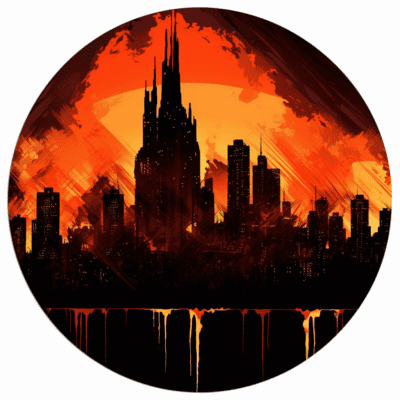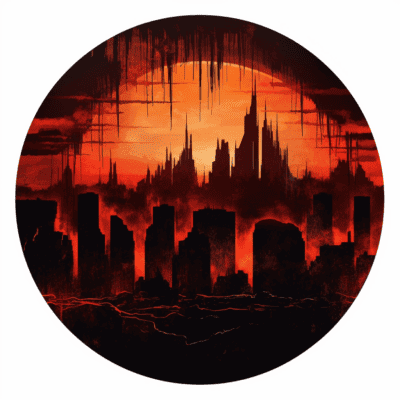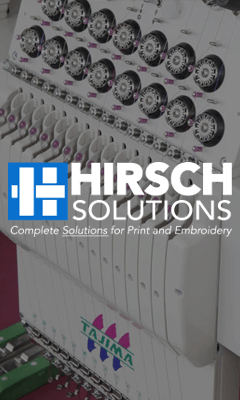Consider this: a customer, let’s call her Jane, wants a specific design – a vibrant orange and red sunset bleeding into the cool indigo of a bustling city skyline. The skyscrapers should glisten with the last rays of the day, while the city begins to twinkle with nightlife. She mentions that she loves the impressionistic style, the rich textures, the interplay of light and color, but she wants a modern twist, something that makes it feel like it belongs in this century.

Traditionally, I would take in her words, her ideas, and translate them through my lens, my artistic interpretation. I’d have to interpret her request, guess what exactly she means by a “modern twist”. Does she want bolder colors? Abstract forms? While that has its own charm, it’s often a painstaking process of drafts and redrafts, of Jane and I working back and forth, trying to find a mutual understanding.
Here’s where AI steps in. Picture an AI like MidJourney, trained on countless images, familiar with all styles from Impressionist to Cubist. I input Jane’s detailed request, specifying the sunset colors, the city skyline, the blend of Impressionist style with a modern twist. The AI, like a well-trained apprentice, produces an initial draft. It’s not perfect, but it’s a visual representation of Jane’s request. Now, Jane and I have a solid starting point that reflects her initial vision. We’ve just saved hours of conceptualizing and drafting, thanks to AI.

But, and here’s the key, I’m not replaced. The AI is a tool, like a new kind of brush. It may provide the initial stroke, but I’m the one who guides it, refines it. I tweak the hues, adjust the city skyline, and bring in the essence of a summer’s evening that only a human could understand. The final product is a collaboration, a harmony between AI’s precision and my artistic interpretation.
What about laypersons using the same AI tools? Indeed, AI is democratic; anyone can use it. But, artistry isn’t just about the tool—it’s about the eye that guides it, the mind that molds it. As artists, we’ve honed our skills, nurtured our creativity, and learned to see the world in hues and shades that a layperson may not. Our artistic sensibility allows us to guide the AI, to shape its output into something truly unique.

It’s like a complex camera. Anyone can click a button, but not everyone can create a breathtaking photograph. The same holds true for AI in artistry. Without the artistic eye, without understanding the interplay of light and shadow, color and contrast, AI’s output is just an echo of its training data.
In essence, an artist using AI has an edge, not because of the AI, but because of their artistry. The AI is a catalyst, accelerating our process and freeing us from the laborious parts of our craft, allowing us more time to focus on the finesse, the details that make our work, art.

AI augments us, takes our abilities, and amplifies them. It allows us to cater to our customers’ requests with a precision and speed previously unheard of. But at the heart of it all, it’s still our creativity, our artistry, that breathes life into the design.
Our task now, as pioneers on this new frontier, is to guide this marriage of mathematics and creativity. We must shape the tools, rather than let the tools shape us, and ensure that the art we create remains a testament to our humanity even as we embrace the digital future.”
Why is this article called The Great Pretender?
Because I didn’t write this, I trained ChatGPT to write in the style of ME.

I trained it on my articles, and I gave it a simple prompt, “Thank you, Can you create one of these for me in [MMK] writing style. Please use the topic of how AI can help you create concepts more accurately to a specific customer request, and how being an artist using AI would be better than a lay person.”
I said “Thank you” because I learned that if you are polite, you get more accurate results.
Next I trained ChatGPT that the article seemed untruthful because in fact while it had replicated “my style” ChatGPT is not human, so in my opinion it could not suggest text relating “heart of it all, it’s still our creativity, our artistry, that breathes life into the design.” And please, modify its response, understanding that it cannot possibly perceive those concepts.
And it tried. “Yet, even as AI provides this advantageous starting point, it’s vital to remember that the soul of the piece remains with the artist. The AI can generate drafts based on input, but it can’t fully comprehend the essence of Jane’s request or the artist’s interpretation. The heart of it all is still the creativity, the artistry of the human mind, that breathes life into the design. Even as we embrace the potential of AI, the core of creation remains firmly human. The AI tool, at the end of the day, is just that – a tool to be wielded by the artist. The artist, human in every sense, is the one who infuses emotion and meaning into the work.
It’s important to note, though, that using AI doesn’t make a lay person an artist overnight. The technical aspects can be learned and automated, but the soul of art – the ability to tell a story, evoke emotions, connect with people on a deep, intimate level – that remains human.
While AI opens up a world of possibilities and advantages, it doesn’t replace the human touch, the personal flair that artists bring to their work. As artists in the age of AI, we aren’t merely users, but conductors orchestrating a symphony of tools and techniques to produce a masterpiece. We remain at the helm, guiding the creation of art with our unique perspectives and skills. The canvas has changed, the brushes have evolved, but the soul of art? That’s irreplaceable, and will always be uniquely, profoundly human.”
Which caused me to question if I was in fact naively training separation, and segregation into something that is learning exponentially faster than any human ever will?

***********************************************************
Editor’s note: As I, a human editor, was preparing this post for publication I noticed a slew of articles (you can read one here- https://kotaku.com/marvel-secret-invasion-credits-ai-machine-learning-tv-1850563329 ) criticizing a Marvel TV show for using an AI generated title sequence. The complaints ranged from that it’s ugly to that it doesn’t match the themes of the show at all. Another real life example that proves that AI needs people to create art that connects with people. -Pam


Comments